Audi 2010 Annual Report Download - page 49
Download and view the complete annual report
Please find page 49 of the 2010 Audi annual report below. You can navigate through the pages in the report by either clicking on the pages listed below, or by using the keyword search tool below to find specific information within the annual report.-
 1
1 -
 2
2 -
 3
3 -
 4
4 -
 5
5 -
 6
6 -
 7
7 -
 8
8 -
 9
9 -
 10
10 -
 11
11 -
 12
12 -
 13
13 -
 14
14 -
 15
15 -
 16
16 -
 17
17 -
 18
18 -
 19
19 -
 20
20 -
 21
21 -
 22
22 -
 23
23 -
 24
24 -
 25
25 -
 26
26 -
 27
27 -
 28
28 -
 29
29 -
 30
30 -
 31
31 -
 32
32 -
 33
33 -
 34
34 -
 35
35 -
 36
36 -
 37
37 -
 38
38 -
 39
39 -
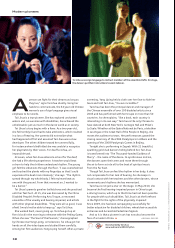 40
40 -
 41
41 -
 42
42 -
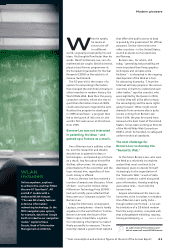 43
43 -
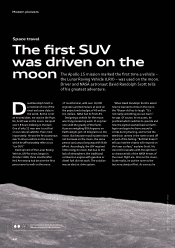 44
44 -
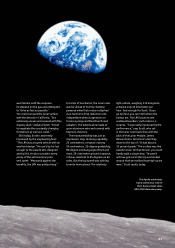 45
45 -
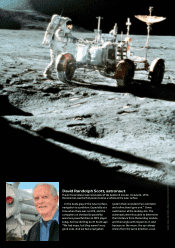 46
46 -
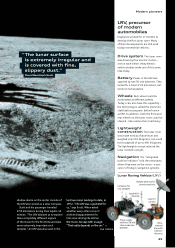 47
47 -
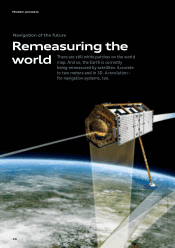 48
48 -
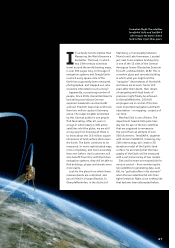 49
49 -
 50
50 -
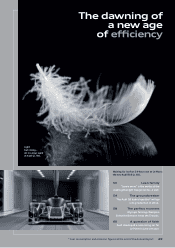 51
51 -
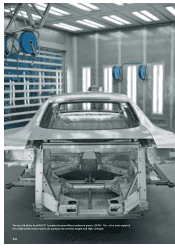 52
52 -
 53
53 -
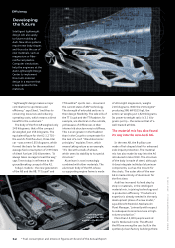 54
54 -
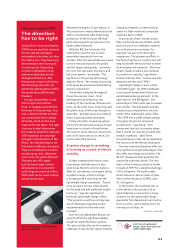 55
55 -
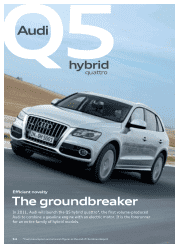 56
56 -
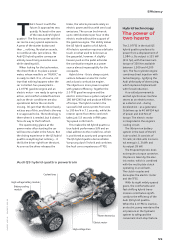 57
57 -
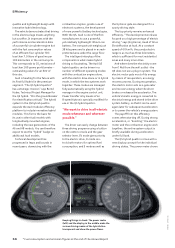 58
58 -
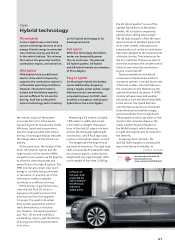 59
59 -
 60
60 -
 61
61 -
 62
62 -
 63
63 -
 64
64 -
 65
65 -
 66
66 -
 67
67 -
 68
68 -
 69
69 -
 70
70 -
 71
71 -
 72
72 -
 73
73 -
 74
74 -
 75
75 -
 76
76 -
 77
77 -
 78
78 -
 79
79 -
 80
80 -
 81
81 -
 82
82 -
 83
83 -
 84
84 -
 85
85 -
 86
86 -
 87
87 -
 88
88 -
 89
89 -
 90
90 -
 91
91 -
 92
92 -
 93
93 -
 94
94 -
 95
95 -
 96
96 -
 97
97 -
 98
98 -
 99
99 -
 100
100 -
 101
101 -
 102
102 -
 103
103 -
 104
104 -
 105
105 -
 106
106 -
 107
107 -
 108
108 -
 109
109 -
 110
110 -
 111
111 -
 112
112 -
 113
113 -
 114
114 -
 115
115 -
 116
116 -
 117
117 -
 118
118 -
 119
119 -
 120
120 -
 121
121 -
 122
122 -
 123
123 -
 124
124 -
 125
125 -
 126
126 -
 127
127 -
 128
128 -
 129
129 -
 130
130 -
 131
131 -
 132
132 -
 133
133 -
 134
134 -
 135
135 -
 136
136 -
 137
137 -
 138
138 -
 139
139 -
 140
140 -
 141
141 -
 142
142 -
 143
143 -
 144
144 -
 145
145 -
 146
146 -
 147
147 -
 148
148 -
 149
149 -
 150
150 -
 151
151 -
 152
152 -
 153
153 -
 154
154 -
 155
155 -
 156
156 -
 157
157 -
 158
158 -
 159
159 -
 160
160 -
 161
161 -
 162
162 -
 163
163 -
 164
164 -
 165
165 -
 166
166 -
 167
167 -
 168
168 -
 169
169 -
 170
170 -
 171
171 -
 172
172 -
 173
173 -
 174
174 -
 175
175 -
 176
176 -
 177
177 -
 178
178 -
 179
179 -
 180
180 -
 181
181 -
 182
182 -
 183
183 -
 184
184 -
 185
185 -
 186
186 -
 187
187 -
 188
188 -
 189
189 -
 190
190 -
 191
191 -
 192
192 -
 193
193 -
 194
194 -
 195
195 -
 196
196 -
 197
197 -
 198
198 -
 199
199 -
 200
200 -
 201
201 -
 202
202 -
 203
203 -
 204
204 -
 205
205 -
 206
206 -
 207
207 -
 208
208 -
 209
209 -
 210
210 -
 211
211 -
 212
212 -
 213
213 -
 214
214 -
 215
215 -
 216
216 -
 217
217 -
 218
218 -
 219
219 -
 220
220 -
 221
221 -
 222
222 -
 223
223 -
 224
224 -
 225
225 -
 226
226 -
 227
227 -
 228
228 -
 229
229 -
 230
230 -
 231
231 -
 232
232 -
 233
233 -
 234
234 -
 235
235 -
 236
236 -
 237
237 -
 238
238 -
 239
239 -
 240
240 -
 241
241 -
 242
242 -
 243
243 -
 244
244 -
 245
245 -
 246
246 -
 247
247 -
 248
248 -
 249
249 -
 250
250 -
 251
251 -
 252
252 -
 253
253 -
 254
254 -
 255
255 -
 256
256 -
 257
257 -
 258
258 -
 259
259 -
 260
260 -
 261
261 -
 262
262 -
 263
263
 |
 |

I
t’s actually hard to believe that
Measuring the World became a
bestseller. The book, in which
two 19th-century scientists
travel around the world drawing maps,
is over 300 pages long. In this age of
navigation systems and Google Earth,
in which every square mile of the
Earth has supposedly been measured,
photographed, and mapped out, who
would be interested in such a story?
Apparently, a surprising number of
people. Since 2005, Daniel Kehlmann’s
bestselling novel about German
explorers Alexander von Humboldt
and Carl Friedrich Gauss has sold more
than two million copies in Germany
alone. The subject matter presented
by this German author is one people
fi nd fascinating. After all, even in
an age in which nearly 1,000 active
satellites orbit the globe, we are still
a long way from knowing all there is
to know about the 150 million square
kilometers of land surface that covers
the Earth. The Earth continues to be
measured. In more sophisticated ways,
more completely, and more accurately
than ever before. Audi customers will
also benefi t from this; with the future
navigation systems, they will be able to
fi nd buildings, plazas and streets even
more easily.
Look for the place from which these
measurements are controlled, and
you will fi nd it in Upper Bavaria. In
Oberpfaff enhofen, in the district of
Starnberg, a municipality between
Munich and Lake Ammersee. Located
just next to an airplane landing strip
is one of the 13 sites of the German
Aerospace Center (Deutsches Zentrum
für Luft- und Raumfahrt, DLR): This is
a modern glass and concrete building
in which what you might call the
“navigator” descendants of Humboldt
and Gauss are at work. Some 150
years after their death, their dream
of navigating with high levels of
precision might fi nally be achieved.
In Oberpfaff enhofen, 200 DLR
employees are in control of the two
most important navigation and Earth
observation – or mapping – projects of
our time.
Manfred Zink is one of them. The
department head at DLR quite liter-
ally has his eye on the two satellites
that are supposed to remeasure
the world from an altitude of over
500 kilometers. TerraSAR-X, together
with its twin TanDEM-X, traveling only
200 meters away, will create a 3D
elevation model of the Earth’s land
surface. So accurately that the topo-
graphy of the Earth will be measured
with a vertical accuracy of two meters.
Zink and his team are responsible for
mission control – from monitoring the
two satellites to generating data. Last
fall, he “got butterfl ies in his stomach”
when the two satellites fell into their
tight formation fl ight, since nothing like
that had ever been attempted before.
Formation fl ight: The satellites
TerraSAR-X (left) and TanDEM-X
will measure the Earth’s entire
land surface in just three years.
47
